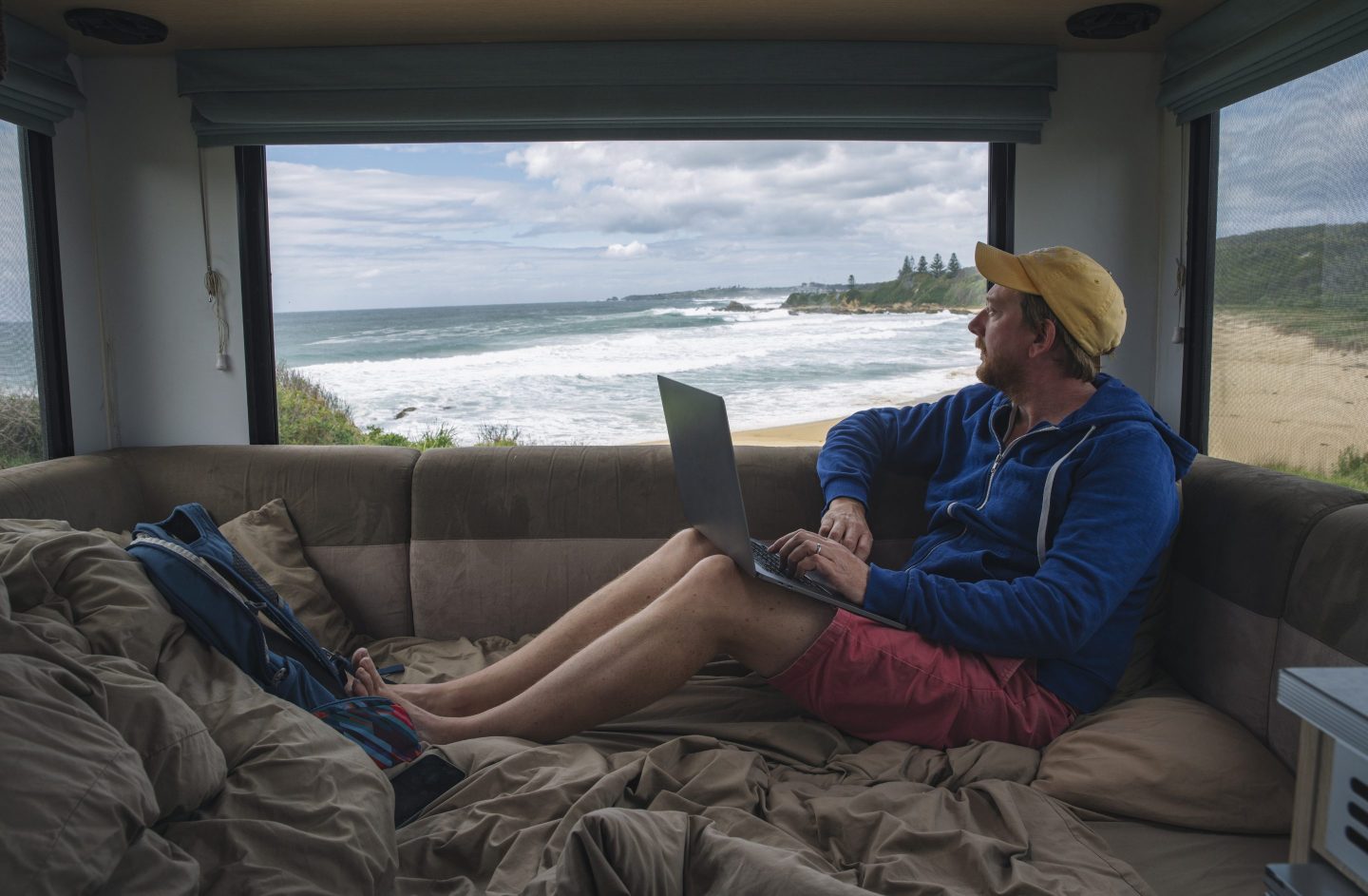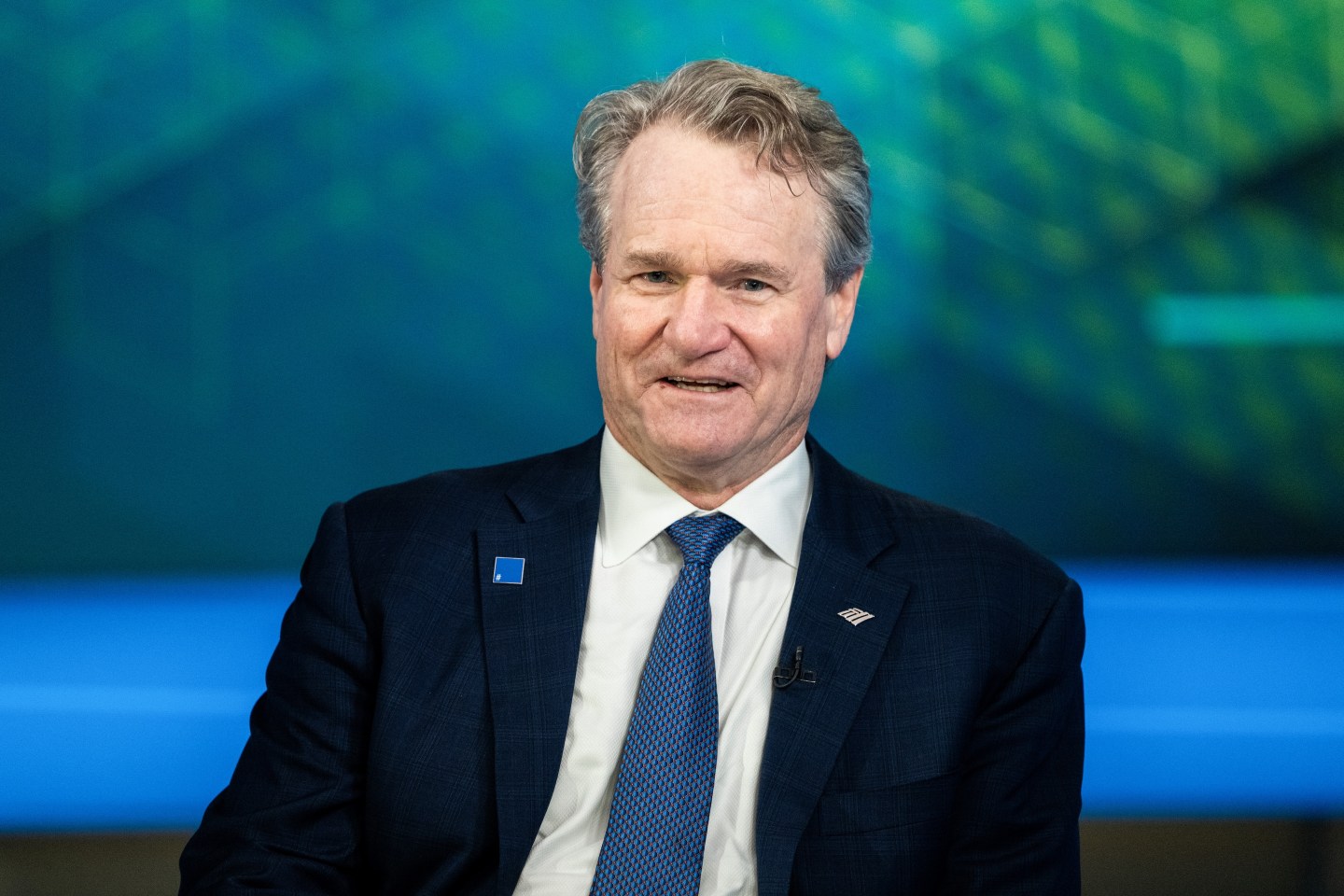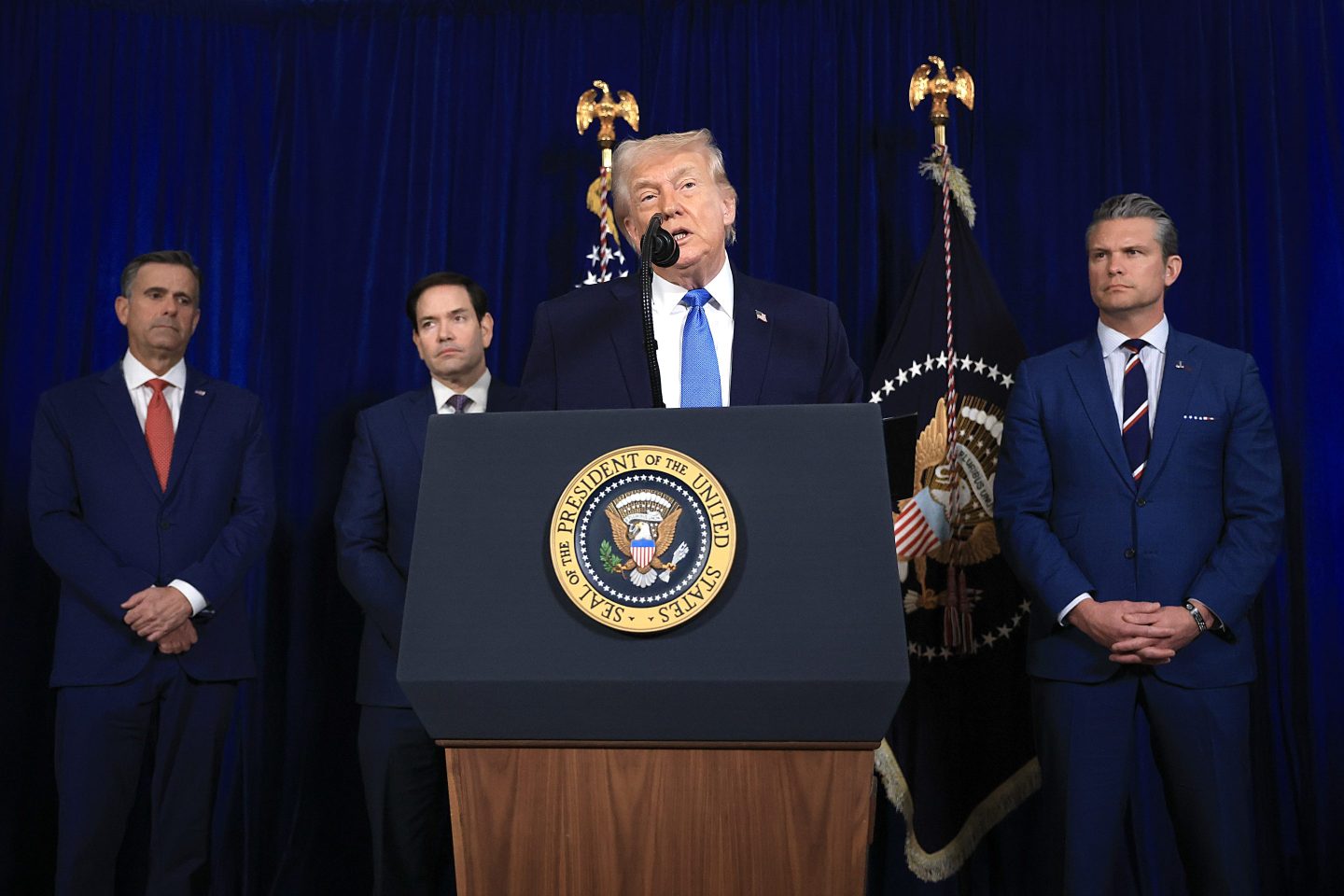FanDuel officially captured 51% of the U.S. online sports betting market in the second quarter of this year. It’s a competitive milestone that has cemented the company’s market leadership, making it bigger than all of its competitors combined.
FanDuel’s sportsbook revenue has grown almost 470% since 2018, when the Supreme Court repealed the Professional and Amateur Sports Protection Act (PAPSA), effectively legalizing sports gambling state-by-state.
“We’ve been able to acquire customers more efficiently than any other sports betting operator,” says FanDuel CEO Amy Howe.
That may be so, but FanDuel’s customer acquisition growth has come at a cost for its parent company, Flutter, which completed its purchase of the sports betting company in 2020. Flutter’s global operating profit is $389 million, but its U.S. business is operating at a $188 million loss after years of funneling money into FanDuel amid the land grab for new American customers, according to an August earnings report. With FanDuel’s newfound market dominance, the company must figure out how to fuel its bottom line by increasing the lifetime value of consumers, Howe says.
FanDuel’s solution is either a fit of daring or folly. In August, the company launched FanDuel TV, a cable channel and streaming app. The channel is borne out of a rebrand of TVG, the horseracing cable channel it acquired for $50 million in 2009, which has aired virtually nothing else until now. FanDuel’s rationale for this foray is the opportunity to capitalize on the betting and media convergence, as fans increasingly seek sports coverage that includes gambling advice.
The company noticed that customers exhibit a strong propensity for watching sports after commissioning a Nielsen study that found people who bet on sports watch up to 31% more sports content than those who don’t. FanDuel TV will produce sports content that resonates with its audience while simultaneously using that content to get viewers to wager more, creating a virtuous cycle. ”Bettors drive more consumption of sports content, and more sports content drives more [betting] consumption. It reinforces itself,” FanDuel chief commercial officer Mike Raffensperger says.
Editorial programming, such as talk shows with former NFL Network host Kay Adams and NBA Twitter mainstay Shams Charania, will interweave betting tips with the day’s sports news. For example, when a FanDuel TV analyst provides betting tips for upcoming NFL games, they’ll do so by referring to current FanDuel odds with an onscreen graphic that mimics the app. “When you have bettable content on television, and it is branded in an environment that orients with your gaming platform, people are more likely to bet with you,” Raffensperger says.
Piquing audience interest in new sports, such as international basketball and TVG’s legacy horse racing content, is the other half of FanDuel TV’s strategy. That will encourage viewers to place incremental bets they otherwise wouldn’t have. It’s the gambling equivalent of buying a candy bar while in the checkout line—a successful sale that’s equal parts branding and merchandising.
Without the billions needed to secure the broadcasting rights for NFL ($5.9 billion per year) or NBA ($2.6 billion per year) games, FanDuel is instead acquiring “tertiary sports,” including 3,000 hours of international basketball from Sportradar. The platform isn’t trying to become the destination for premier sports yet, but rather, provide its audience with new betting opportunities. Offering users a diverse slate of sports to bet on will be critical to differentiating FanDuel from competitors like DraftKings and BetMGM and help drive customer loyalty, Howe says.
Meanwhile, the sheer size of FanDuel’s existing horse racing business—$2.5 billion a year, according to one executive—is impossible to ignore even as the company looks to expand its programming.
It might seem ambitious, even hubristic, to expect casual sports fans to embrace horse racing, a sport virtually unheard of outside of the Kentucky Derby. But FanDuel hopes viewers who tune in to watch sports personalities like Adams and Charania will stick around for the horse racing that follows and become fans by osmosis. That said, it’s one thing to watch talking heads at 2 p.m. on a Wednesday and another to watch and bet on horse racing.
Capturing those viewers, though, is valuable to advertisers. FanDuel, already courting them with branded offers in its betting app, can now dangle the company’s newfound status as a full-fledged media company, Raffensperger says. He and Howe declined to provide estimates for the potential advertising revenue, but should it prove substantial, it would be a strategic masterstroke, creating an annuity out of a consumer marketing tool.
Regardless of how the advertising business pans out, Raffensperger is clear on what takes precedence in evaluating FanDuel TV’s success: consumer loyalty. “If you go and start consuming our FanDuel TV content, do you become a more loyal customer? Do you expand your gaming activity with us? [That is] at the core of what we’re measuring.”
Ultimately, FanDuel TV is a means to an end: increased betting volume.
Sign up for the Fortune Features email list so you don’t miss our biggest features, exclusive interviews, and investigations.









